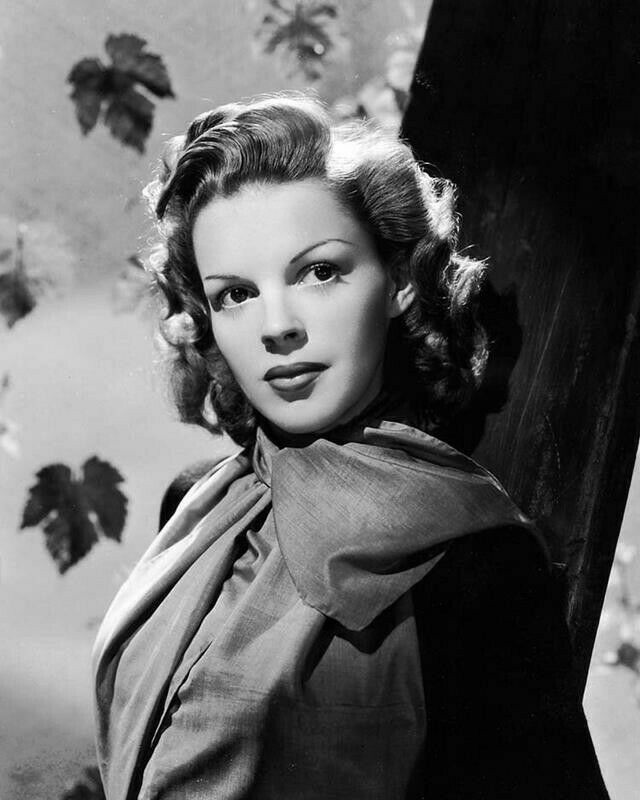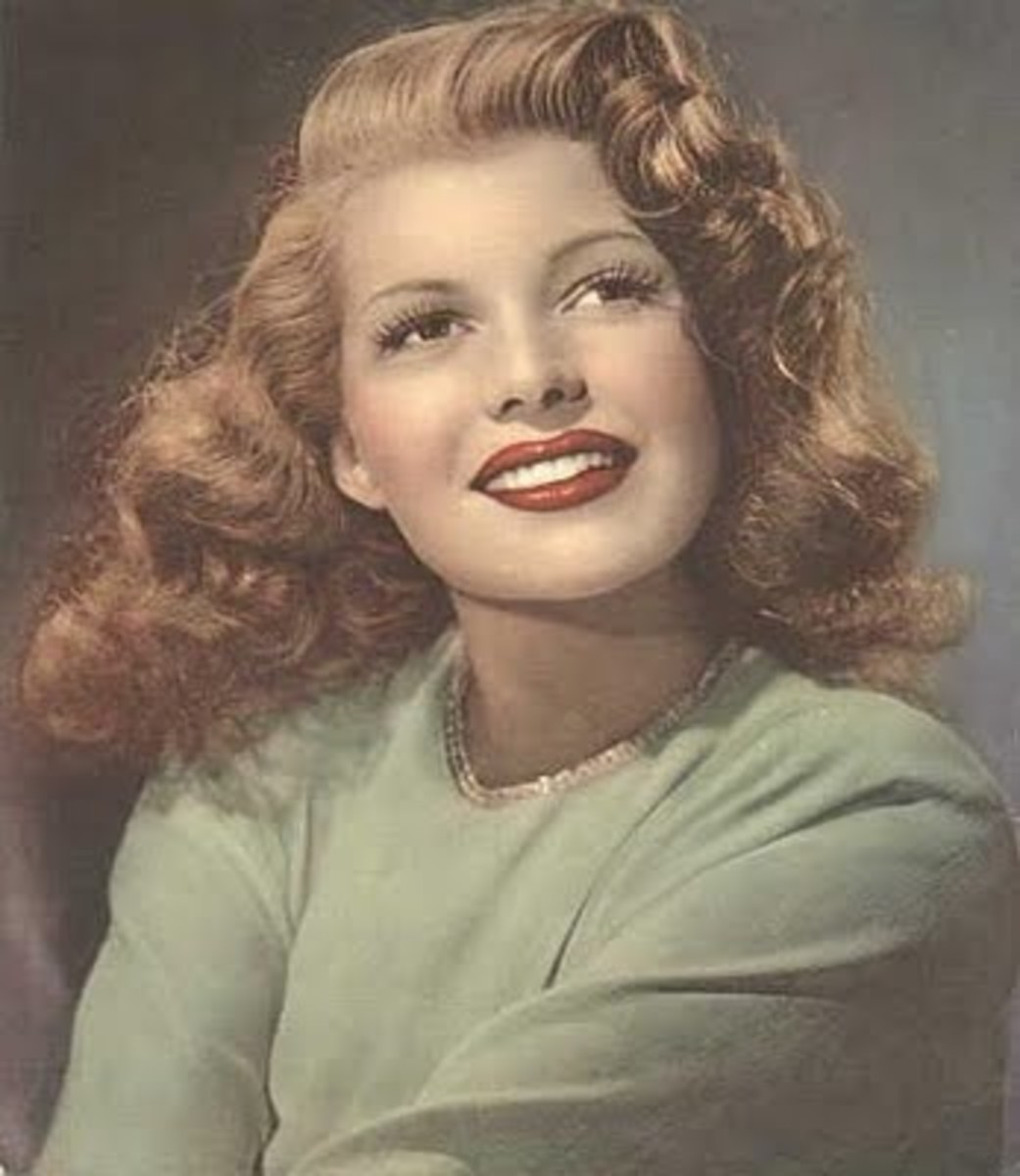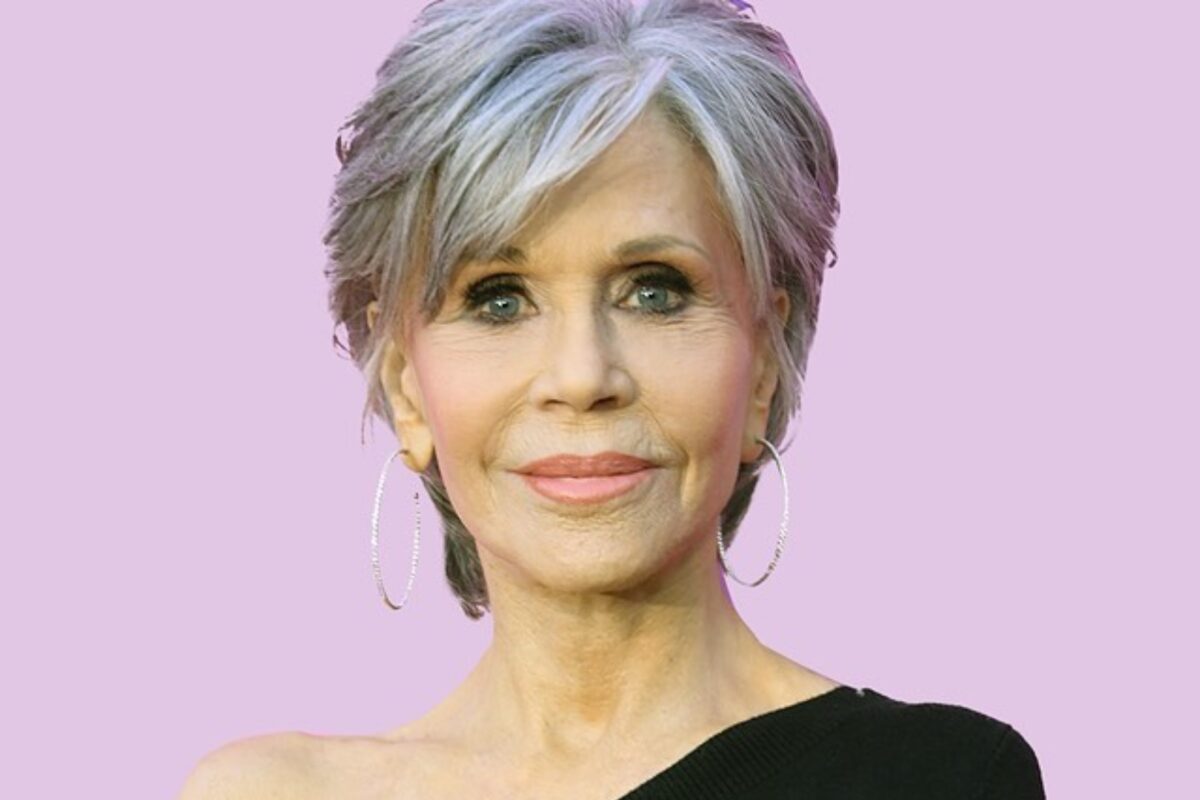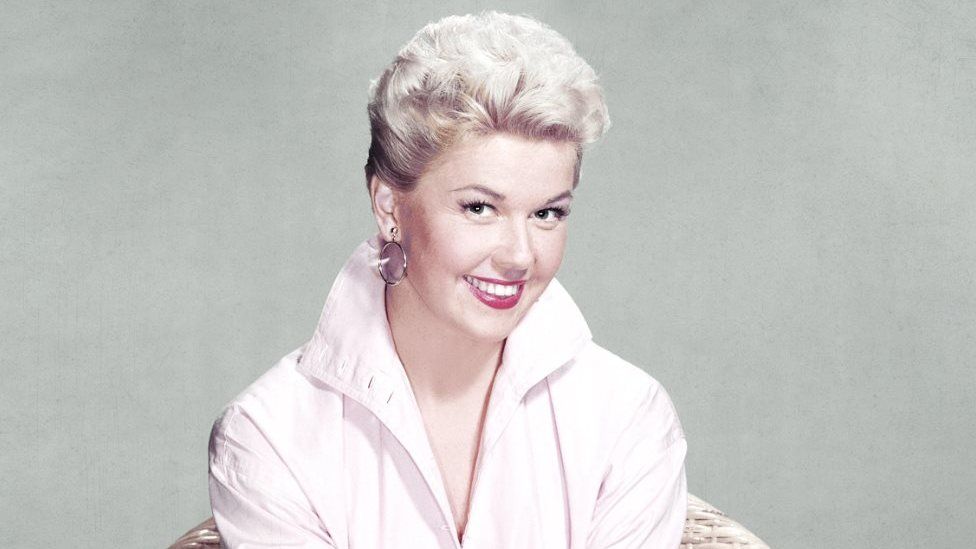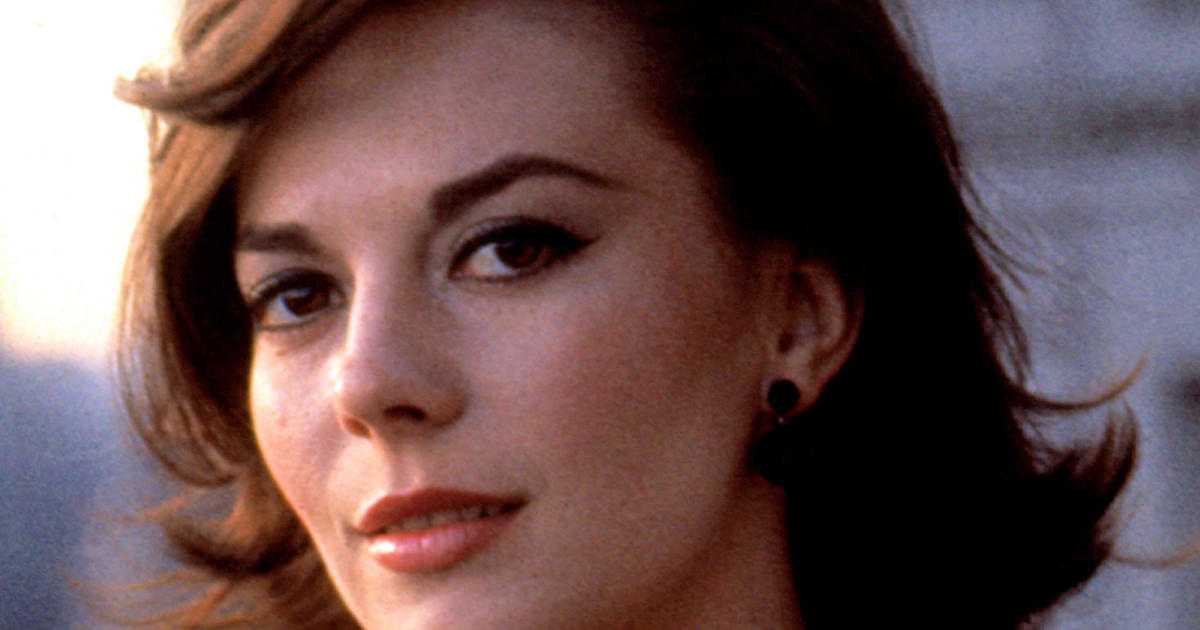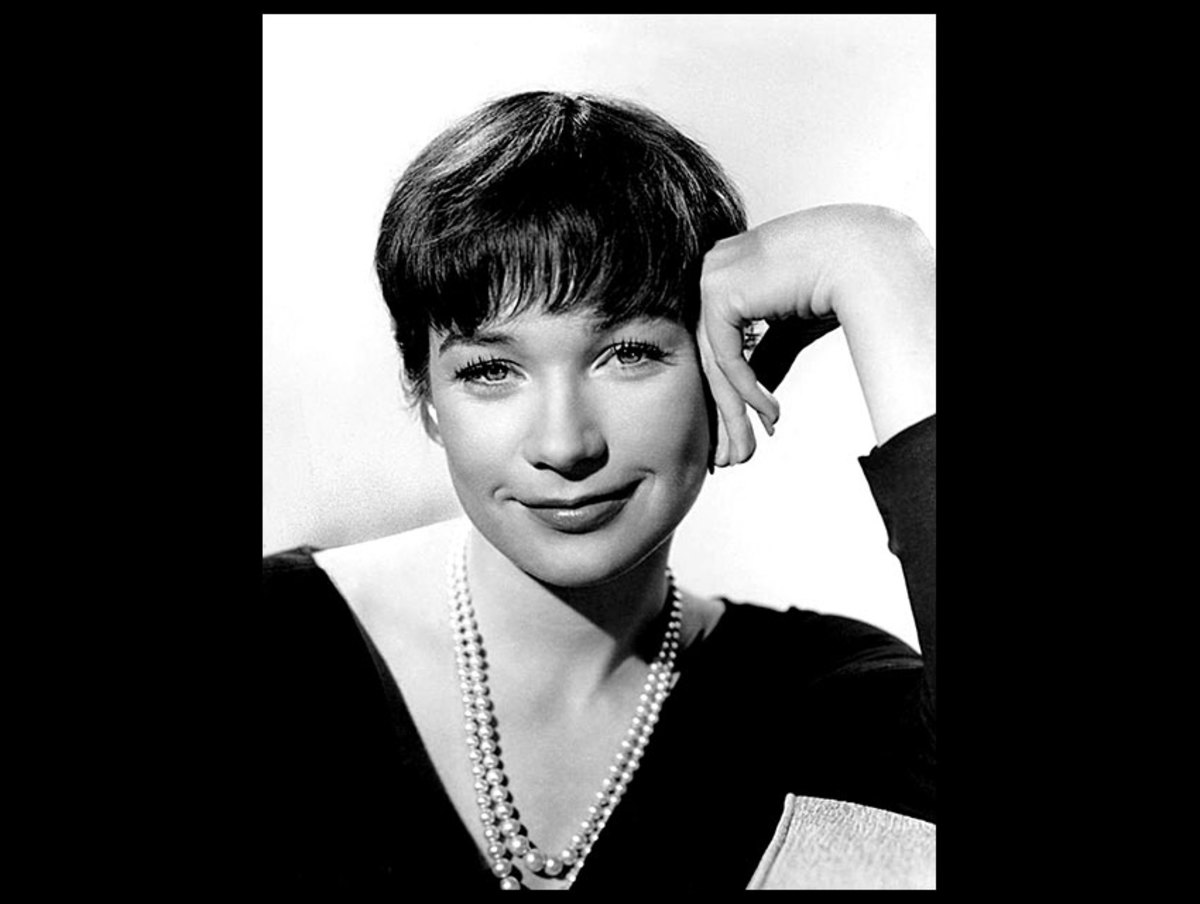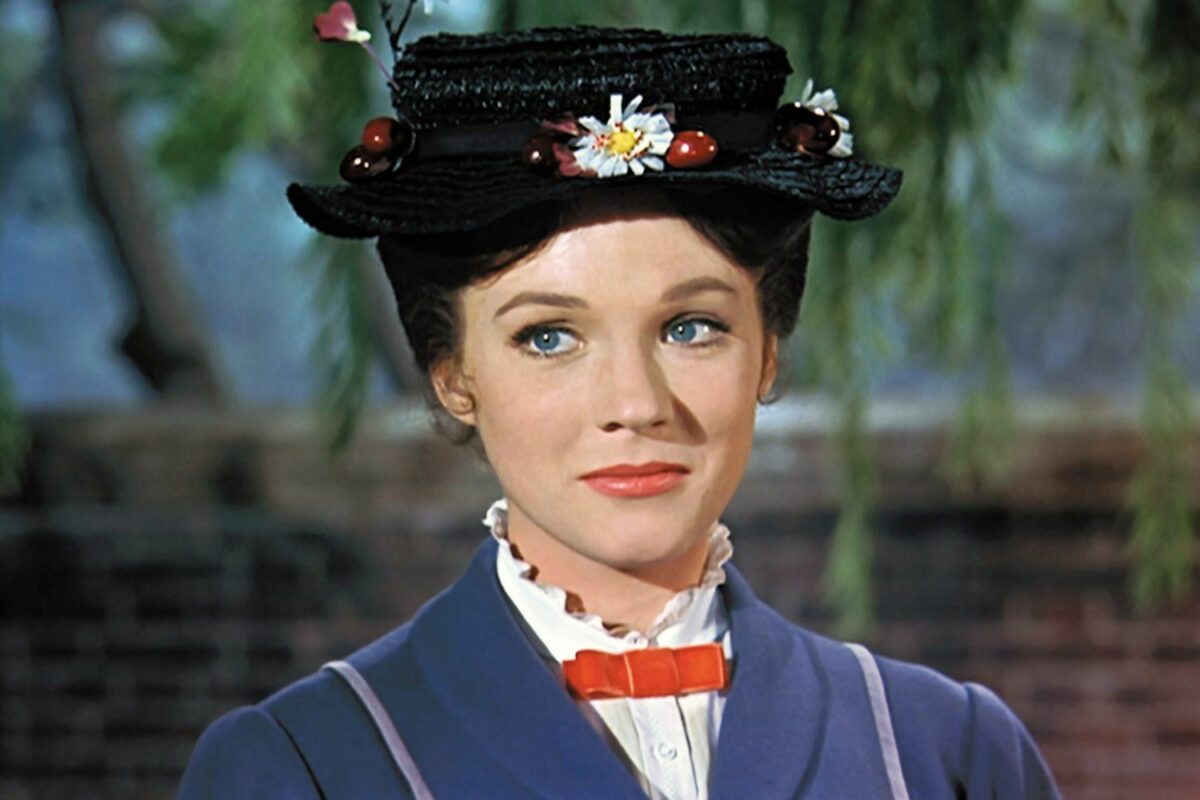Introduction: Grace Kelly, born on November 12, 1929, in Philadelphia, Pennsylvania, was not only a Hollywood icon but also a real-life princess whose elegance, beauty, and poise captivated the world. From her acclaimed performances on the silver screen to her fairy-tale romance and subsequent reign as Princess of Monaco, Grace Kelly’s life and legacy continue to fascinate audiences to this day. In this extensive analysis, we will explore the extraordinary journey of Grace Kelly from Hollywood stardom to royal majesty in the swinging 60s.
Early Life and Career Beginnings: Grace Kelly was born into a prominent family with a strong background in athletics and business. Her father, John Brendan Kelly Sr., was a successful Olympic rower and entrepreneur, while her mother, Margaret Katherine Majer, was a former model and socialite. From a young age, Grace displayed a natural talent for performing arts and expressed a keen interest in acting and modeling.
Kelly’s career in entertainment began in the 1950s when she signed with Metro-Goldwyn-Mayer (MGM) and embarked on a successful acting career in Hollywood. Her early film roles in “High Noon” (1952) and “Mogambo” (1953) earned her critical acclaim and established her as one of the most promising young actresses of her generation.
Iconic Roles and Hollywood Stardom: It was Kelly’s collaboration with acclaimed director Alfred Hitchcock that solidified her status as a Hollywood icon. In films such as “Dial M for Murder” (1954), “Rear Window” (1954), and “To Catch a Thief” (1955), Kelly showcased her versatility as an actress and her ability to embody complex and sophisticated characters.
However, it was her Academy Award-winning performance in “The Country Girl” (1954) that would become one of the defining moments of Kelly’s career. Her portrayal of the long-suffering wife of an alcoholic actor earned her widespread acclaim and cemented her reputation as one of Hollywood’s most talented leading ladies.
Fairy-Tale Romance and Royal Marriage: In 1956, Grace Kelly’s life took a dramatic turn when she met Prince Rainier III of Monaco during the Cannes Film Festival. Their whirlwind romance captured the world’s attention and culminated in a fairy-tale wedding that was watched by millions around the world. On April 18, 1956, Kelly married Prince Rainier in a lavish ceremony that solidified her transition from Hollywood starlet to real-life princess.
As Princess of Monaco, Grace Kelly dedicated herself to her new role with grace, dignity, and poise. She embraced her duties as a royal with enthusiasm and became a beloved figure both in Monaco and around the world. Despite her new responsibilities, Kelly continued to maintain her connections to the world of entertainment, occasionally returning to the screen for select projects.
Legacy and Cultural Impact: Grace Kelly’s legacy extends far beyond her achievements in Hollywood and her reign as Princess of Monaco. She remains a timeless symbol of elegance, beauty, and sophistication, inspiring generations of women around the world to emulate her style and grace.
Moreover, Kelly’s marriage to Prince Rainier and her subsequent role as Princess of Monaco helped to elevate the principality’s profile on the world stage, transforming it into a glamorous and sought-after destination for the rich and famous. Kelly’s presence in Monaco also helped to modernize and revitalize the principality, attracting tourists, investors, and celebrities from around the world.
Conclusion: Grace Kelly’s journey from Hollywood stardom to royal majesty in the swinging 60s is a testament to her remarkable talent, beauty, and grace. From her acclaimed performances on the silver screen to her fairy-tale romance and reign as Princess of Monaco, Kelly captivated the world with her charm, elegance, and poise. Though her life may have been tragically cut short, Grace Kelly’s legacy continues to endure, inspiring generations with her timeless style, grace, and enduring spirit.

